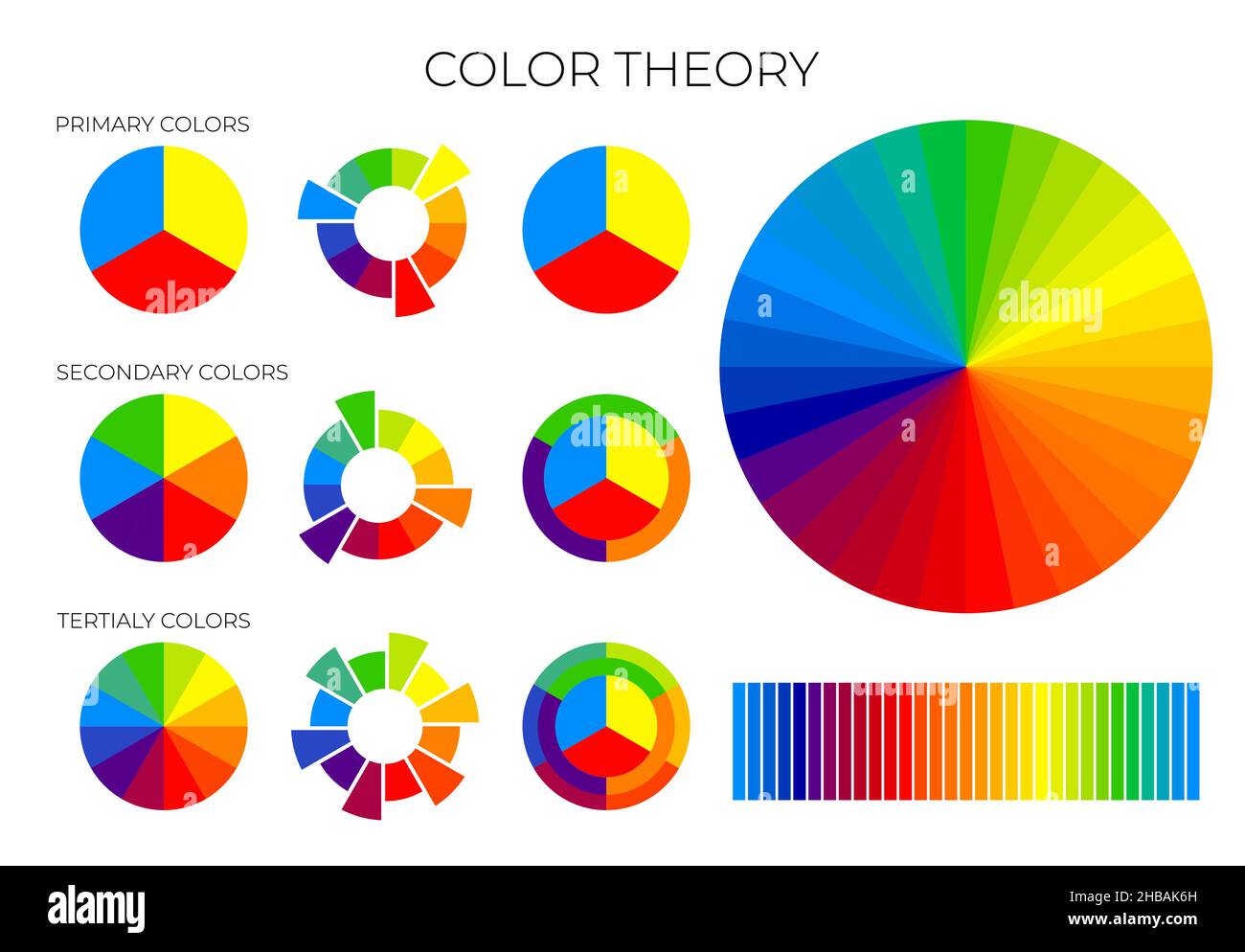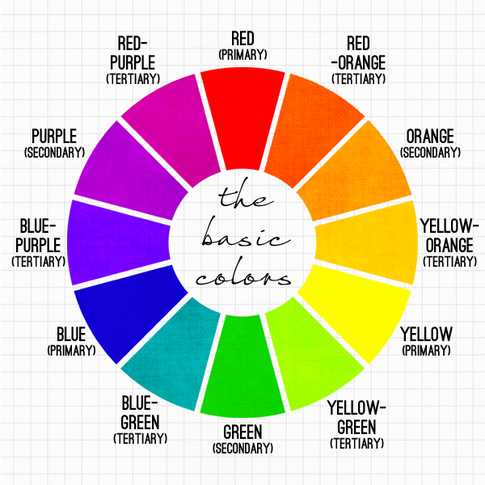
Are Red, Yellow, and Blue Primary Colors?.In effect, all colors stem from the three primaries. Instead, they combine to create secondary colors, which in turn combine to create tertiary colors. These are colors that can’t be created by mixing of other colors. Primary colors include yellow, blue, and red. Accurately combining colors, using the color wheel, and understanding how colors relate to each other are critical skills for artists, designers, marketers, and brand owners. Color theory is the art of combining colors based on the color wheel, an organized illustration of the primary, secondary, and tertiary colors.

The 60-30-10 rule creates a perfect harmony using the designated proportions of primary, secondary and tertiary colors.If you’re studying fine arts or design as part of a liberal arts degree program, it’s important for you to have a solid command of color theory. In this color combination, primary, secondary and tertiary colors are used in the ratio of 60%, 30% and 10%, respectively. The 60-30-10 rule is a graphical design rule used to create a customized color combination. Note that the amount of an eccentric color is of great importance, so you should never overuse it. For example, one object of a vibrant color opposite a more moderate background will accentuate the composition. These colorful accents are rather widespread in art. On the contrary, if you wish to be bold and daring, it’s a great idea to add a pinch of color as an accent to your illustration. Usually, design professionals do not mix pastel colors with eye-bleeding neon tones because it will look out of place. How does the rule of color saturation work? Colors of a similar intensity are the most comfortable for the human eye.

Saturation is a crucial factor for graphic designers when selecting a color scheme. On the other hand, a low saturation will be the dull side of the color with a grayish touch.

A highly saturated color will show a brighter color tone. Saturation is the determining factor that will showcase the visibility of color under different lighting conditions. Terminologically, saturation is the measure of the intensity of a color.


 0 kommentar(er)
0 kommentar(er)
